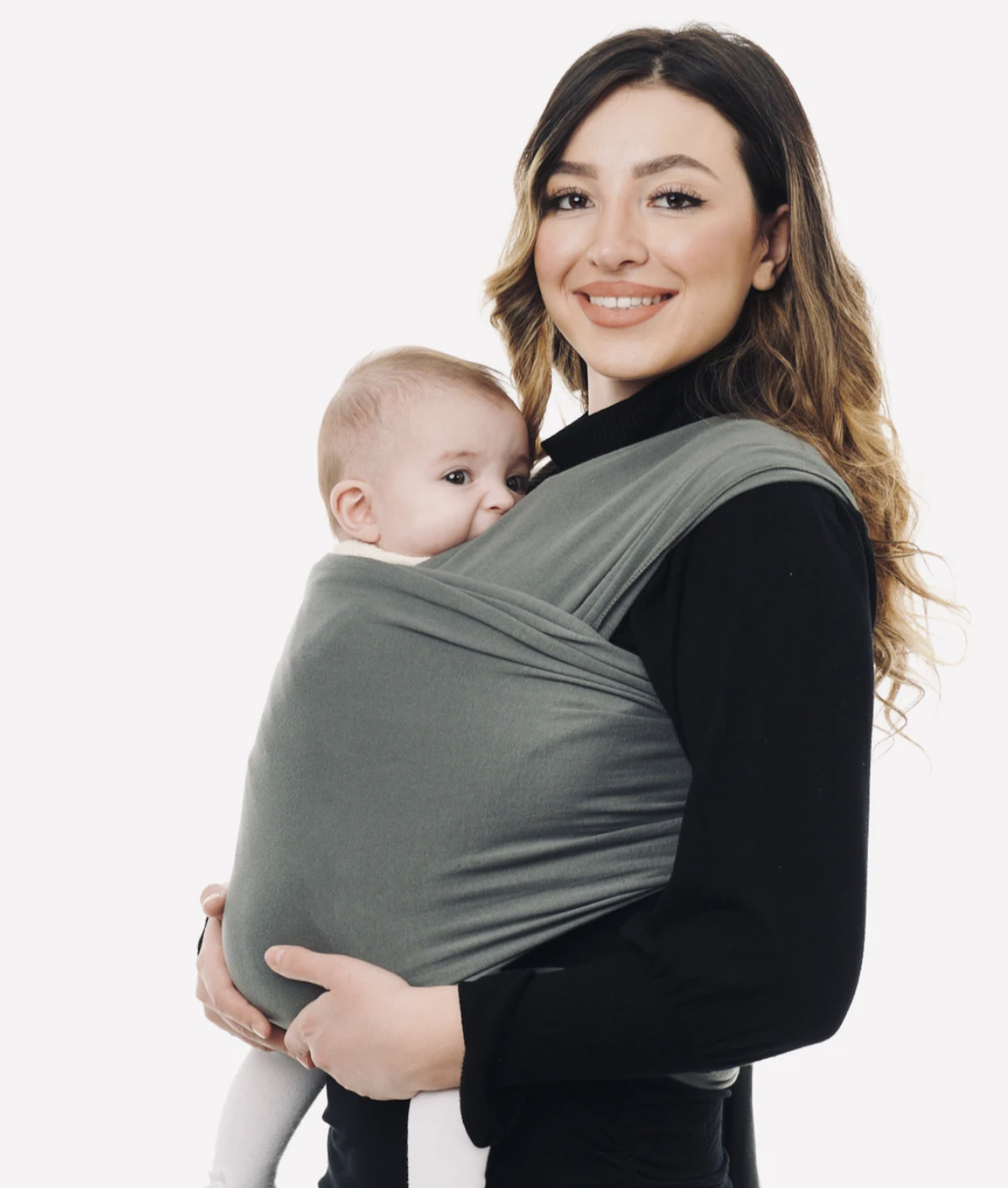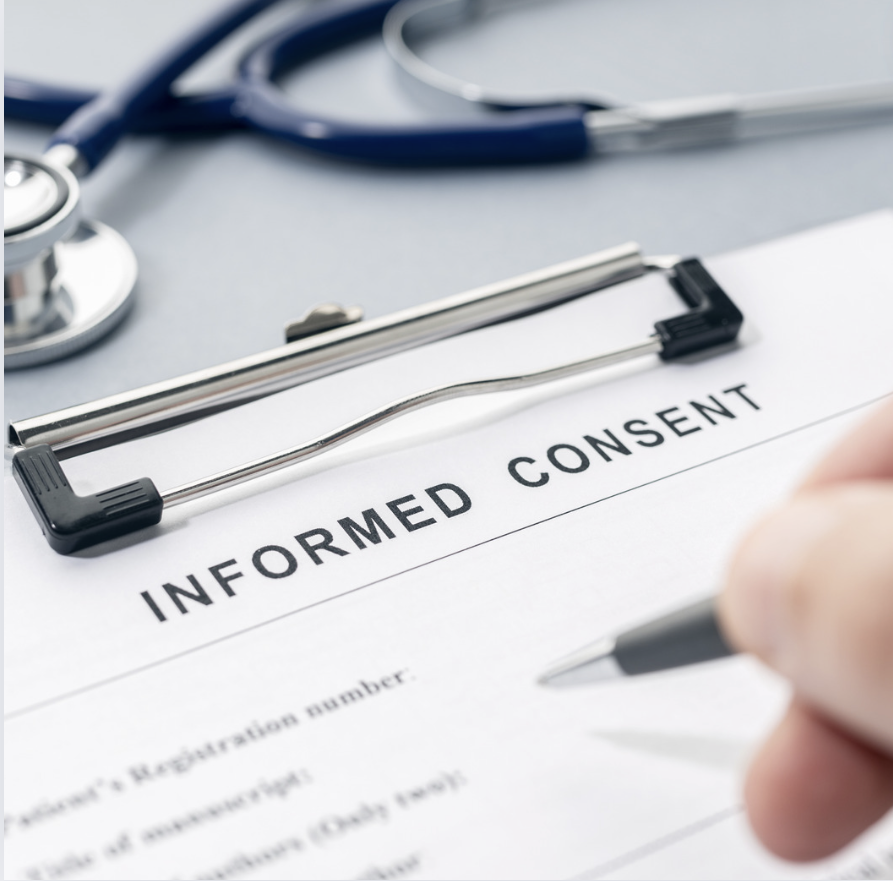

Not all, but some! If your preference is using one for labour and/or birth then do ask if one is available. They are usually the inflatable pools so they can be inflated as needed. There may be a reason you cannot use a pool, but asking the question so that you know why (and can accept why it may not be possible) is always important.
I.e. you don’t need to be lying on your back if you would like to use upright positioning as a way of helping your baby down. Just ask a midwife if you can borrow one from the birth centre if they do not have them in the labour ward already.
Even if there isn’t a birth ball available or you need to be even closer to the bed due to monitoring or medication, you can use the bed by positioning yourself on your knees or on all fours, or even simply positioning yourself on your side with your legs propped open with pillows or a peanut ball. Check out this reel on peanut balls. These will all help to give baby optimal space to move down the birth path and make birth more comfortable for both of you.
There is no reason you cannot eat during your physiological labour. In fact, keeping your energy up through snacks and hydration is crucial. Think of things that are easy to prepare and not too dry. Fruit, teaspoons of honey and sweets are popular options but honestly, whatever you fancy is more than ok! A bottle with a straw is a helpful way for your birth partner to offer you a drink without you having to change position to drink it.
Epidurals are often thought of as something that numbs you from your waist downwards. However you do have the option to ask for a mobile epidural which is a lower dose of the pain relief medication, allowing you to retain feeling in your legs so that you can move around and keep active during labour should you wish to.
Hospital labour ward rooms can lack warmth and comfort which is key for producing oxytocin (the hormone you need for physiological birth to start and progress). Check out this reel for a visual of what this might look like!
This would need to be a discussion with your care providers, but one worth having if your preference was to be at the birth centre. If you’re not happy with the reasons, ask more questions until you feel comfortable with the situation. You could ask your birth partner to lead this discussion if it feels too much for you.
Nothing can or should be done without your consent. This can feel a little strange in a hospital environment, considering normally we would go there to be ‘fixed’ as something may have gone wrong. Using the BRAIN conversation technique and asking the Benefits, Risks, Alternatives of what is being suggested, checking in with what your Instinct is saying and asking what would happen if you were to do Nothing for a period of time, will help you to find out what’s best for you and your baby. Hospitals have guidelines, but each circumstance is individual and 1 set of guidelines cannot possibly fit all.
This could be even more important if your pregnancy/birth is deemed to be high risk as there may be a lot more information to navigate along the way. Your birth doula will be experienced in hospital environments and can help you to ask questions and find out information on the day. A very wise doula once said ‘a doula is like a tour guide in a new country, and you are the tourists in this case!’ A birth doula does not replace the partner, but supports you both. You can find a doula on The Doula Directory here.
Your Mindful Birth education will be helpful, if not more helpful in a clinical environment. Whether you are or are not planning to birth on a labour ward, using tools and techniques and educating yourself will support you to have a calm and confident birth experience wherever you birth your baby.

Here we share how the APPG Birth Trauma report (under the section 'What does 'good' look like in maternity?') outlines an illegal recommendation around the topic of consent, and how Emma Ashworth and others are campaigning to update the report.

Pride month is the perfect opportunity to celebrate the evolving concept of parenthood and the various ways families can now be created!

We answer what OASI is and why is the fourth recommendation in the Birth Trauma Inquiry report is so concerning.